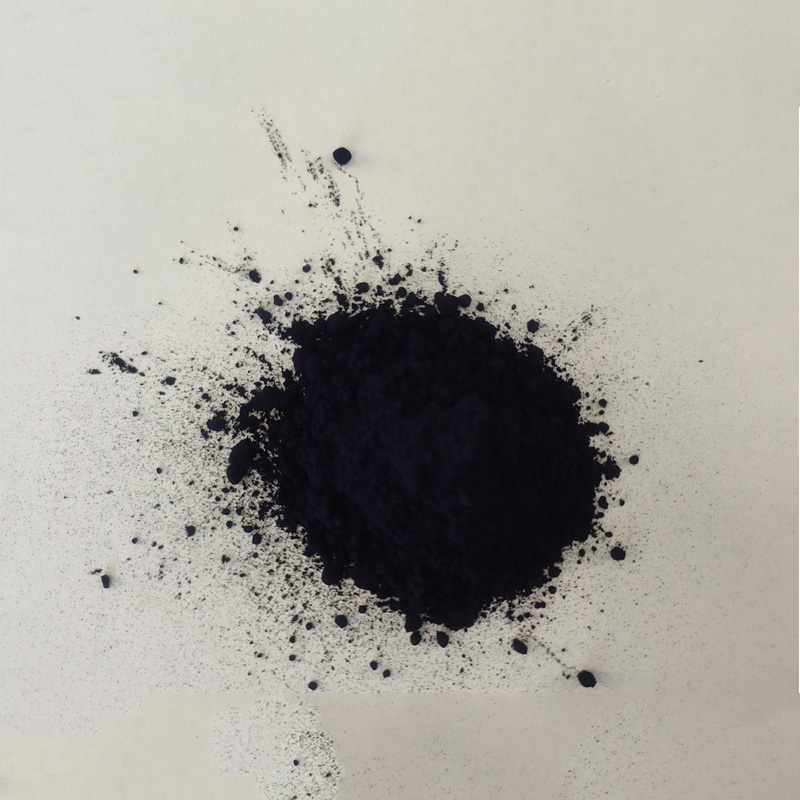famous indigo making
The Art and Science of Indigo Dyeing
Indigo dyeing is an ancient craft that has captured the fascination of artisans and consumers alike for centuries. With its rich blue hues and deep historical roots, indigo has been more than just a color; it has transformed textiles and influenced cultures across the globe. This article explores the process of indigo dyeing, its significance, and its resurgence in modern times.
Historical Significance
Indigo dye has a history that dates back thousands of years, with evidence of its use found in ancient Egypt, India, and China. The word indigo itself is derived from the Greek term indikon, meaning from India. This dye was so valuable that it became a major trade good, sought after by European markets during the colonial era. It was used in everything from textiles and paintings to ceremonial garments, shaping social and economic exchanges across continents.
In regions like West Africa, indigo dyeing techniques became a significant part of cultural identity. The craft was often passed down through generations, with each community developing its unique methods and patterns. Today, indigo remains deeply intertwined with the identities of many cultures, symbolizing heritage, artistry, and tradition.
The Process of Indigo Dyeing
The indigo dyeing process can be both an art and a science. At its core, it involves extracting the indigo pigment from the leaves of the indigo plant (mainly *Indigofera tinctoria*) and then applying it to fabric. Here is a simplified overview of the steps involved
1. Harvesting the Leaves Indigo plants are typically harvested at their peak, a time when their leaves are rich in the necessary compounds for dyeing.
2. Fermentation The leaves are then fermented in water to break down the starches and release the indigo pigment. This process involves creating a reduction vat, where the indigo is chemically converted into a soluble form.
famous indigo making

3. Dyeing The fabric to be dyed is submerged in the indigo vat. As the fabric emerges, it appears green, but it quickly oxidizes when exposed to air, turning a deep blue. This transformation is one of the most magical aspects of the dyeing process.
4. Rinsing and Drying After dyeing, the fabric is rinsed to remove excess dye and then dried. The color deepens with each successive dip into the vat, allowing artisans to achieve the desired shade.
5. Setting the Color Finally, the dyed fabric may undergo additional treatments to set the color and enhance its longevity. This can involve adding mordants or other natural substances to the fabric.
Modern Resurgence
In recent years, there has been a renaissance of interest in traditional crafts like indigo dyeing. As consumers become more environmentally conscious, there is a growing demand for sustainable and natural dyes over synthetic alternatives. Many artisans and brands are embracing indigo as a natural dye due to its vibrant color and ecological benefits.
Moreover, the revival of indigo dyeing has encouraged community workshops and educational programs, allowing newcomers to learn this age-old craft. These initiatives not only promote artisanal skills but also foster an appreciation for cultural heritage. By exploring indigo dyeing, individuals connect with a global history, celebrating the creativity and ingenuity of our ancestors.
Conclusion
Indigo dyeing is much more than a technique for coloring fabric; it is an art form rich in history and cultural significance. From its ancient origins to its modern revival, indigo has maintained its allure, captivating the hearts of artisans and enthusiasts. Whether through woven textiles, hand-dyed garments, or intricate patterns, indigo continues to inspire creativity and respect for traditional crafts. As we move forward in an increasingly digital world, the resurgence of indigo dyeing reminds us of the beauty of hands-on creativity and the stories woven into every strand of fabric.
-
The Timeless Art of Denim Indigo Dye
NewsJul.01,2025
-
The Rise of Sulfur Dyed Denim
NewsJul.01,2025
-
The Rich Revival of the Best Indigo Dye
NewsJul.01,2025
-
The Enduring Strength of Sulphur Black
NewsJul.01,2025
-
The Ancient Art of Chinese Indigo Dye
NewsJul.01,2025
-
Industry Power of Indigo
NewsJul.01,2025
-
Black Sulfur is Leading the Next Wave
NewsJul.01,2025

Sulphur Black
1.Name: sulphur black; Sulfur Black; Sulphur Black 1;
2.Structure formula:
3.Molecule formula: C6H4N2O5
4.CAS No.: 1326-82-5
5.HS code: 32041911
6.Product specification:Appearance:black phosphorus flakes; black liquid

Bromo Indigo; Vat Bromo-Indigo; C.I.Vat Blue 5
1.Name: Bromo indigo; Vat bromo-indigo; C.I.Vat blue 5;
2.Structure formula:
3.Molecule formula: C16H6Br4N2O2
4.CAS No.: 2475-31-2
5.HS code: 3204151000 6.Major usage and instruction: Be mainly used to dye cotton fabrics.

Indigo Blue Vat Blue
1.Name: indigo blue,vat blue 1,
2.Structure formula:
3.Molecule formula: C16H10N2O2
4.. CAS No.: 482-89-3
5.Molecule weight: 262.62
6.HS code: 3204151000
7.Major usage and instruction: Be mainly used to dye cotton fabrics.

